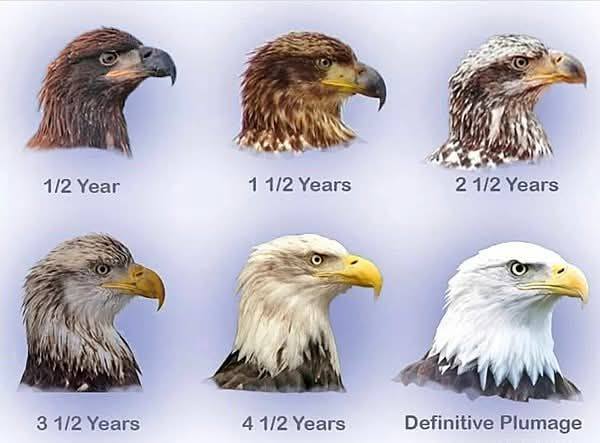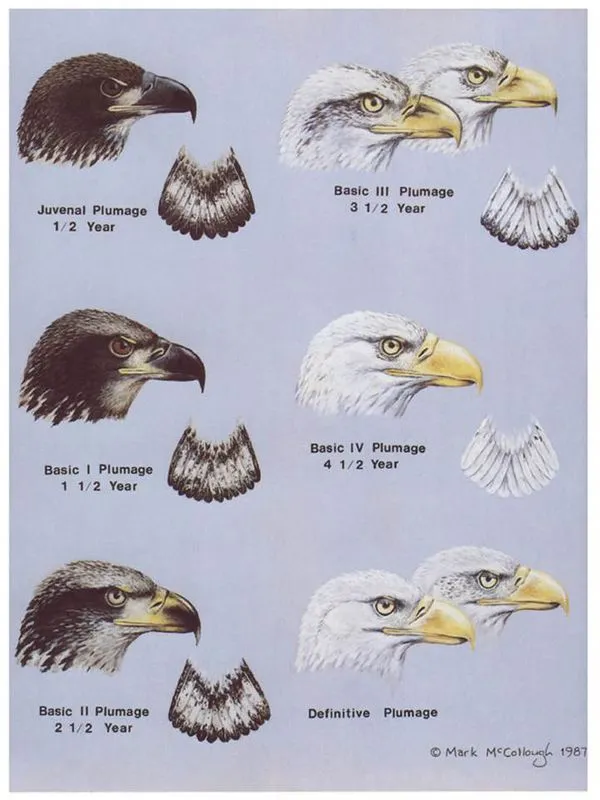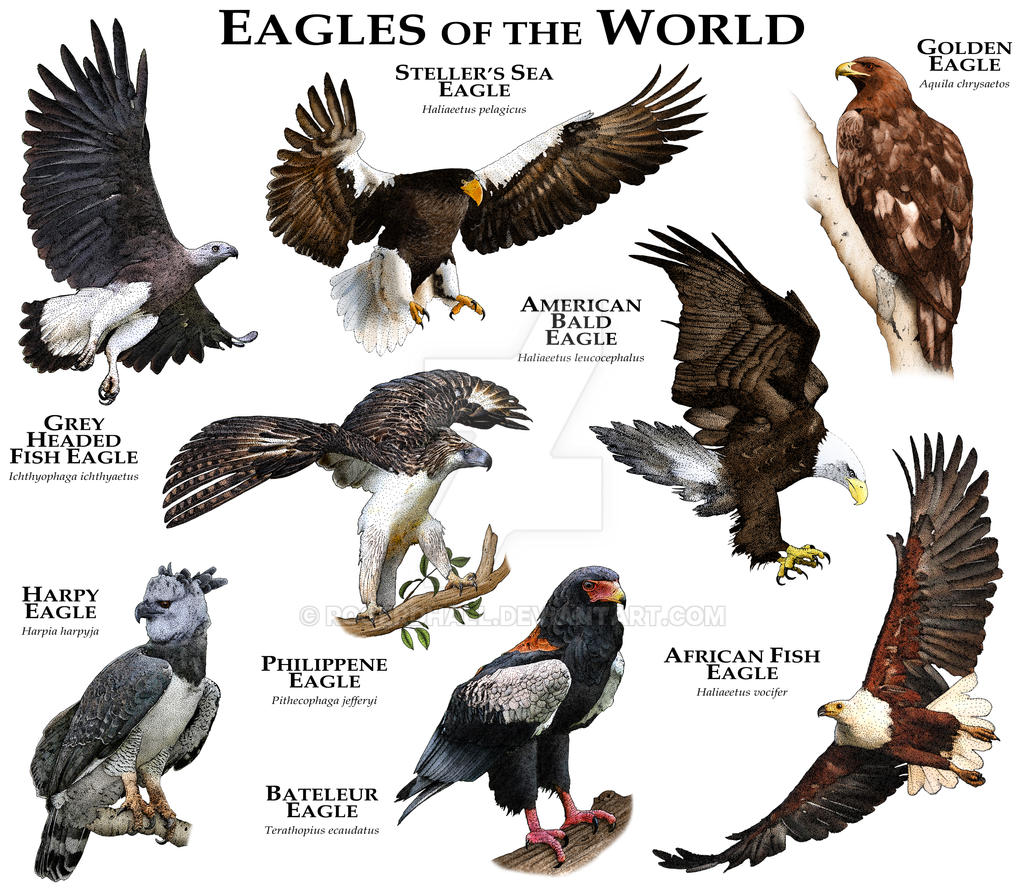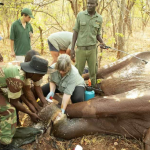The Transformation of a Bald Eagle

The Bald Eagle, a majestic raptor and national symbol of the United States, is not born with the appearance that has made it iconic. Its pure white head, sharp yellow beak, and commanding stare only emerge after years of change. The path from an awkward fledgling to a symbol of freedom is one of nature’s most remarkable transformations.
When Bald Eagles hatch, they are covered in soft gray down. As they begin to grow, their plumage darkens, and for the first few years of life they hardly resemble the bird we know so well. Instead, they appear mottled, with patchy brown and white feathers, and their beaks are dark, almost black.
0.5 to 2.5 years: During this early stage, juvenile eagles are large but unrefined. Their feathers are uneven shades of brown, their tails are dark, and their beaks and eyes are black. From a distance, they can even be mistaken for golden eagles or other large birds of prey.
3.5 to 4.5 years: The first signs of their adult identity begin to show. White feathers slowly appear on the head and tail, though they remain mixed with brown. The beak starts to change, fading from black to yellow. Their eyes also begin to lighten. At this point, the Bald Eagle looks almost like a bird in transition — neither fully juvenile nor fully adult.
5 years and older: At last, the eagle’s transformation is complete. Its head and tail are bright white, sharply contrasting with the deep brown body. Its beak shines golden yellow, and its eyes are pale and piercing. Now, it is unmistakable: the Bald Eagle in its prime, a creature that has come to embody strength, resilience, and freedom.
This long journey to maturity — nearly five years — is part of what makes the Bald Eagle extraordinary. Unlike many birds that reach their adult form quickly, the eagle grows into its identity gradually, with every year marking a step closer to the power and majesty it will one day represent.
From mottled feathers to the commanding presence of adulthood, the Bald Eagle’s story is a reminder that true greatness is rarely instant. It takes time, patience, and transformation.











